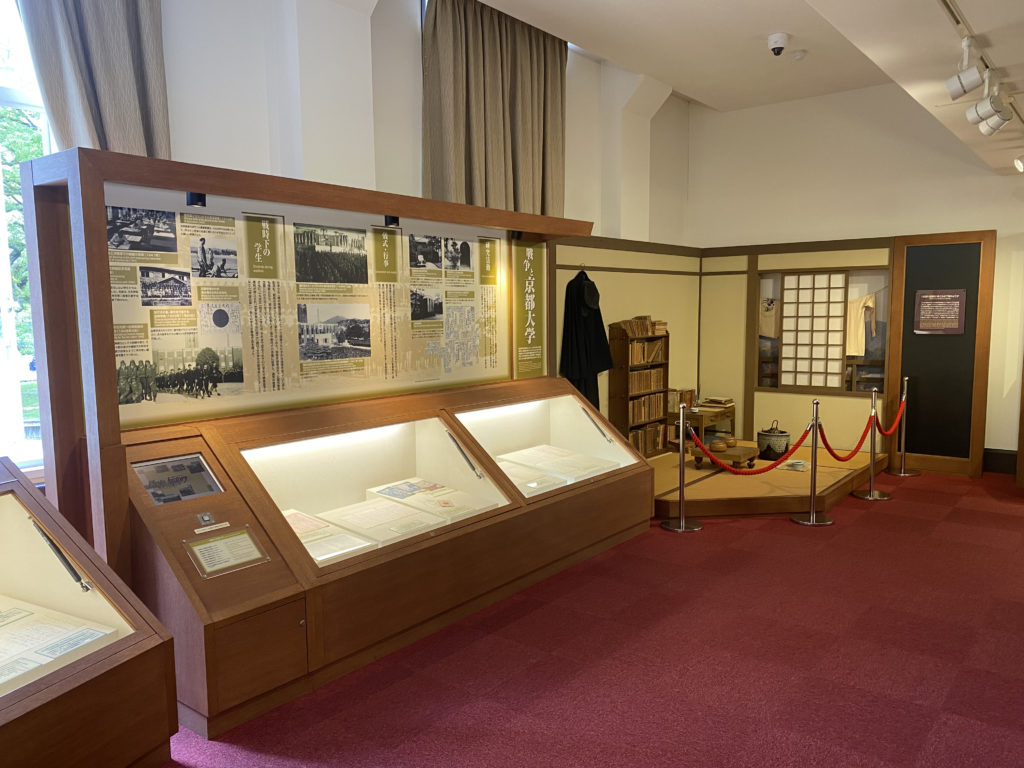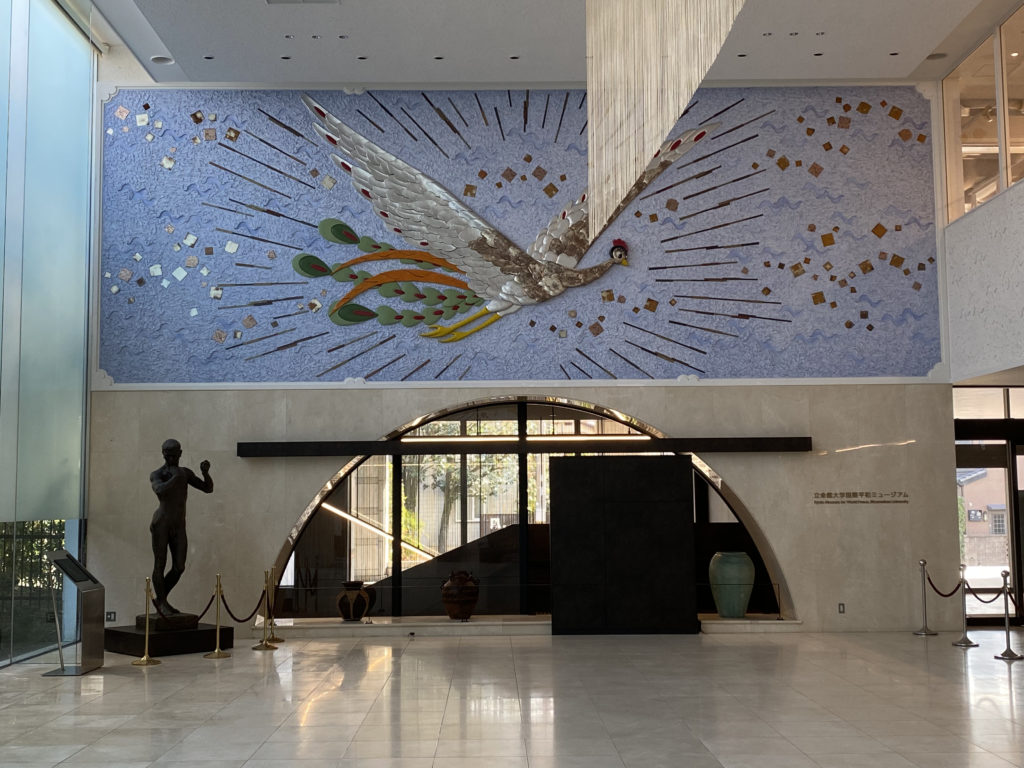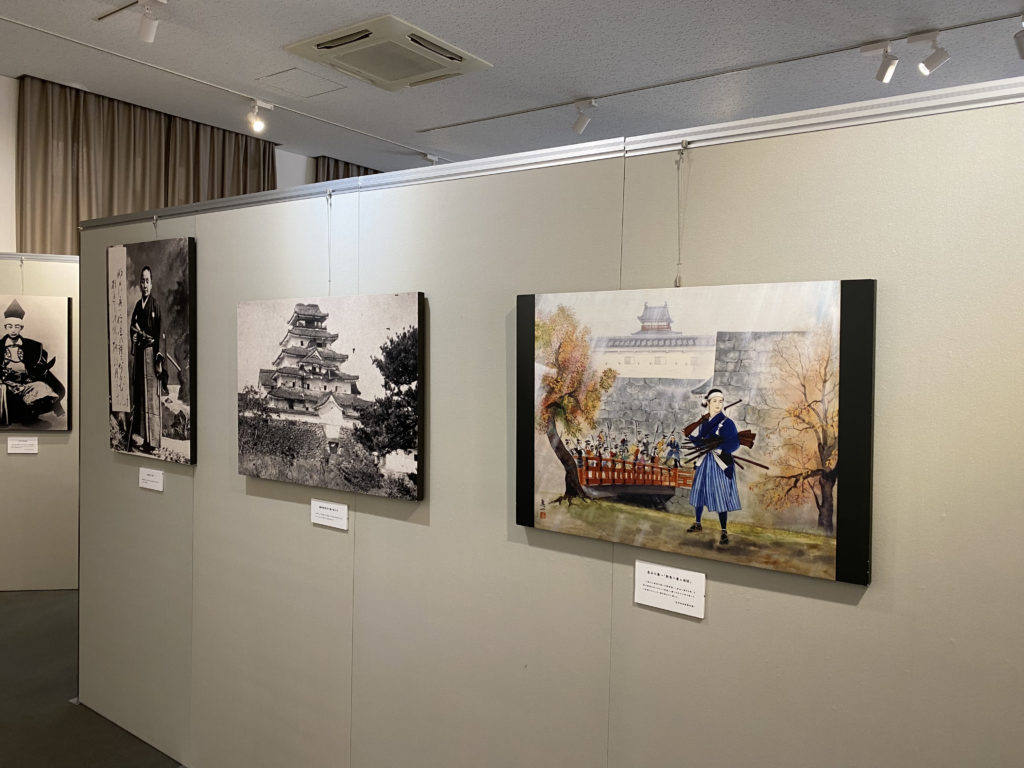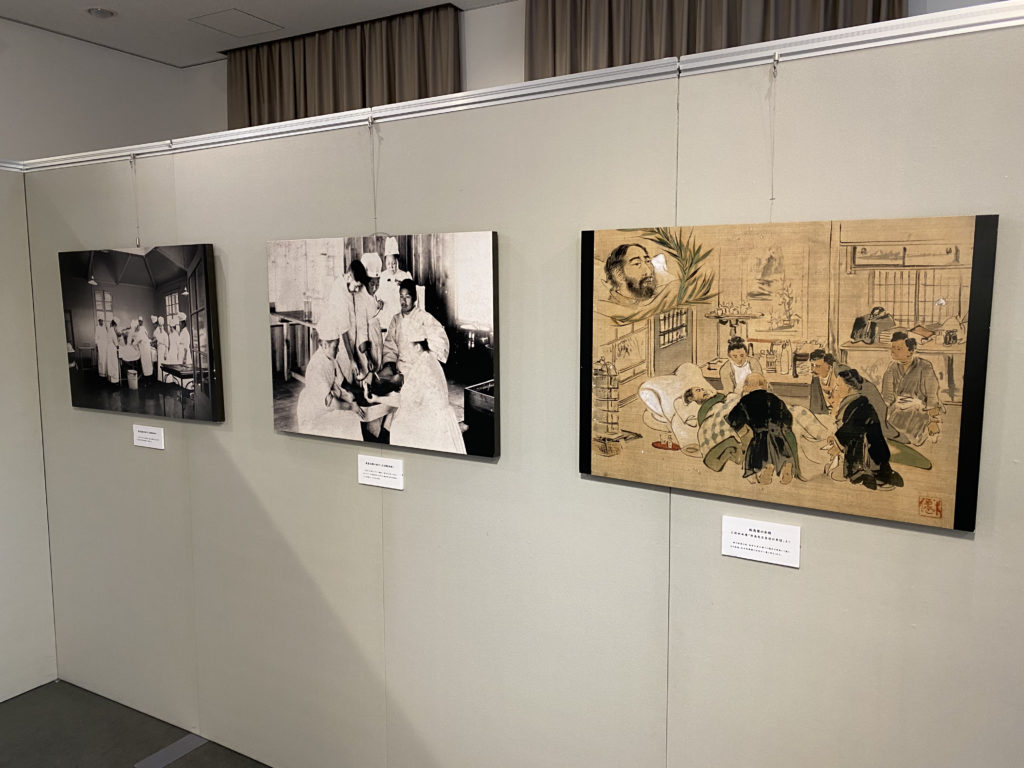This page contains links for my forthcoming paper Kyoto’s Universities at War. After publication, the open access draft will be available here.
Kyoto University
University History (publicity version): (English), (Japanese N/A)
University History Chronology: (English), (Japanese), (Detailed version in Japanese from the Official University History)
Exhibitions/Museums: The Kyoto University Archives (English) (Japanese) have a “Permanent Exhibition: The History of Kyoto University” (English) (English Booklet) (Japanese) (Japanese Booklet) in the Clock Tower Centennial Hall. This is where there are the most extensive exhibits about the university’s history.

The Kyoto University Museum (English) (Japanese) is primarily a science museum.
Official University History: 京都大学百年史 (Japanese only)
War-related Topics:
Unit 731: This NHK documentary (Japanese only) confirms that Kyoto University trained the largest number of researchers from any university of the infamous Unit 731, including its head, Ishii Shiro. Contemporary controversy surrounds particularly the campaign started in 2018 by the “Association requesting Kyoto University to verify the doctorate degree granting of Manchuria 731 unit military officer” (sic.) to have a PhD thesis by a Unit 731 researcher withdrawn on the grounds that it was based on human experimentation. The Kyoto University Newspaper explained that the university had decided not to proceed with the full investigation (which was challenged by the Association). However, Kyoto University Press has published a substantial edited volume (568 pages) detailing the connections between universities and Unit 731 (731部隊と大学).
The Kyoto School: There is extensive debate over the extent and nature of war justification by philosophers of the Kyoto School (for a flavour of some of the arguments, see “The definite internationalism of the Kyoto School” by Graham Parkes). They also feature heavily, but in a very positive light, in the “Permanent Exhibition: The History of Kyoto University” (see above).
The Japanese A-Bomb: Kyoto University was one of the sites involved in the Japanese attempt to develop atomic weapons. See this article by John Dower: “Science, society, and the Japanese atomic-bomb project during world war two”. The work at Kyoto University was dramatized in the NHK drama and film Gift of Fire (see also this article by David McNeill). As the trailer below indicates, the film did raise some of the ethical questions surrounding the role of scientists in producing weapons of mass destruction.
Ritsumeikan University
University History (publicity version): A Brief History (English). A Chronology (Japanese) with short articles on particular events.
Official University History: 立命館百年史 (Japanese only)
Exhibitions/Museum: Ritsumeikan established the Kyoto Museum for World Peace in 1992. While undergoing a period of renovation (April 2021-September 2023) it produced a Web Exhibition which gives a very clear indication of the museum’s stance and purpose.

War-related Topics:
The Japanese language chronology (see publicity version above) has a number of columns about key episodes in Ritsumeikan history related to the war. In chronological order they are:
Swimming With or Against the Tides of Nationalism: While Ritsumeikan employed a number of academics who had lost their jobs elsewhere in the 1930s because of their political writings, the imperial guard unit Kineitai formed by students was a clear indication of nationalist activism. (時代の潮流への抵抗と国家主義)
The 1943 Student Draft: To commemorate the soldiers drafted and killed in the war, the university installed the Wadatsumi-zo (Wadatsumi statue). (戦没学生へのレクイエム「わだつみ像」)
Establishment of the Peace Museum: The Kyoto Museum for World Peace was established in 1992 (see above). (国際平和ミュージアム設立)
Doshisha University
Umbrella Organization (The Doshisha) History: There are educational organizations from kindergarten up to graduate school level using the name Doshisha (English) (Japanese).
Doshisha University Chronology: (English) (Japanese)
Exhibitions/Museums: The Harris Science Hall Doshisha Gallery has exhibits about the university’s history.
The Historical Museum focuses on science and archeology.
Official University History: 同志社大学百年史 (not online)
War-related Topics:
The “Bakumatsu Joan of Arc”: The wife of Doshisha founder was Niijima Yae, who was dubbed the “Bakumatsu Joan of Arc” for her role fighting in the Boshin War at the Battle of Aizu-Wakamatsu. Her life was depicted in the 2013 NHK Taiga Drama Yae no Sakura. This triggered considerable tourism while the drama was on air. She went on to become a nurse after her husband’s death and worked for the Red Cross during the First Sino-Japanese War and the Russo-Japanese War.
Wartime Military Intervention: In the Doshisha Kamidana Incident (Japanese only, in the section 皇后行啓記念碑) of 1935, the military attache to Doshisha intervened in a matter between students and staff over the replacement of a picture of founder Joseph Hardy Neeshima and forced militarist changes onto the Christian university.

